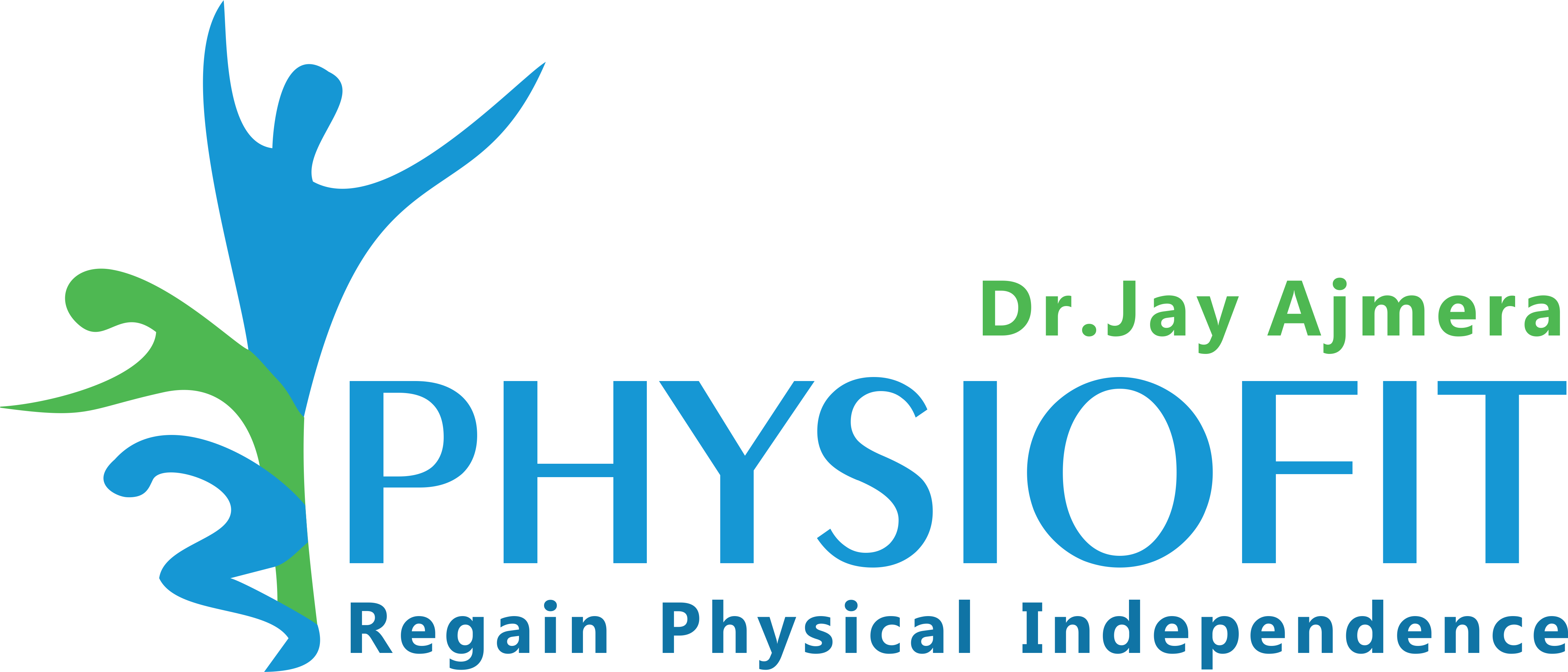Fear of Fall Assessment
Falls are the most common occurrences seen in elderly individuals. It commonly lead to hip fractures and other associated fractures along with soft tissue injuries. Most of all it leads to a fear of falling again leading to lost confidence, social isolation etc.
At Physiofit, We believe in thorough assessment of every patient using various outcome measures which wil help us in designing a specific program for them.
Following are the various parameter often used :
Etiological Assessment: Vision, Proprioception, Vestibular System
Motor System: Strength, ROM, Endurance (6 MWT).
Central Processing System: Feedback and Feedforward mechanisms
Functional Assessment: Balance [Berg Balance Scale (BBS), Standing reach test, TUG test.]
Our Aim is to find the cause of the problems and work on it to lower the Risk of Fall. Post Asessment, the treatment consists of Aerobic Exs, strength and Balance Training. Lastly A special Visit will be Given to Your Place to Understand the possible risk of fall at home, so that It can be Prevented.
Better Safe Than Sorry !!
Balance Training
After a Thorough Assessment of Risk of Falls, Balance Training is the key to prevent it from happening. In Geraitric population, the quality of Bones, Muscle and Joints reduce significantly which are pre- disposing factors for Falls.
We solve the cause of the problem with reducing pain, improving range of motion and improving Lower Limb Endurance and Strength which helps in motor control.
At Physiofit, we also create a SIMULATION of the circumstance in which the patient has a fear of fall and incorporate aggressive practice to reduce the risk.
Gait Training
Gait Training is a type of physiotherapy regimenmeant to help improve your ability of patients to stand and walk again, mostly after diagnosing any serious neurological condition which leads to weakness of Lower Limbs. This therapy is provided to people who suffer from disability due to stroke/hemiplegia, hemiparesis, cerebellar disorders, Parkinson’s disease, muscular dystrophies. It is also provided to children with difficulty in learning to walk. It aims to boost support for body weight over lower limbs, strengthen muscles, improve posture,and boost functional independence. Physiotherapists’ must support and encourage patient and make sure patients don’t lose confidence over inability to walk. Gait training sometimes also involves use of assistive devices like: –
- Stick, Tripod or Quad Stick
- Elbow Crutches
- Walkers
- Orthotic Devices like Ankle Foot Orthosis, Push Knee Braces, Knee Ankle Foot Orthosis (KAFO), Hip KAFO.Calipers
These aids are prescribed based on the assessment by an expert Physiotherapist. With the Above aids, Extensive Physiotherapy Exercise training like Lower Limb Strengthening, Endurance, Range of Motion Exs, Balance Training, Obstacle Walking etc.
In gait training Physiofit prescribes exercisesto patients depending on per their age and disability. Our Expert physiotherapists provide gait training to patients with type, intensity, and duration depending on specific diagnosis of each patient.





